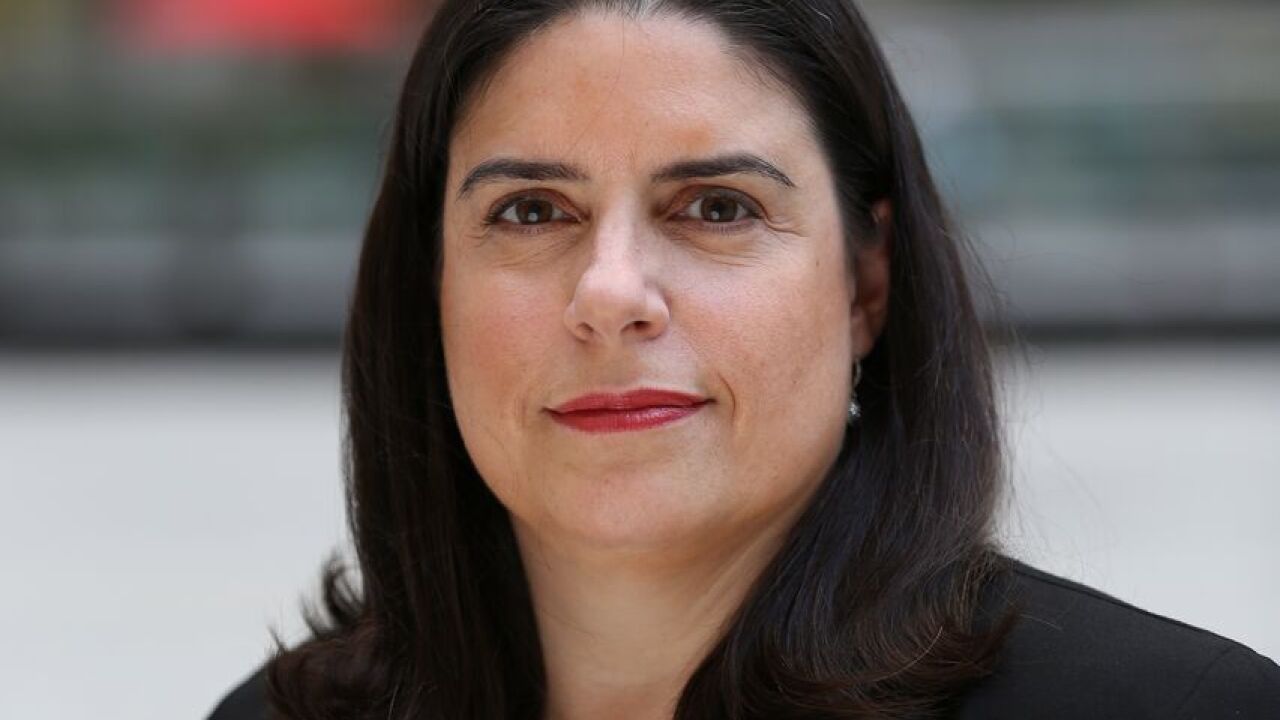New York’s regional port system is well-positioned to counter climate change effects because of the water's deepness and the system's access to funding, according to a climate expert.
“Our port is a natural deepwater port, and that gives major advantages when it comes to climate change relative to some other ports like the Port of Philadelphia,” Philip Orton, research associate professor at Stevens Institute of Technology in Hoboken, New Jersey.
“Ports in big cities like our area have a lot of available funding and that’s a major factor. There will be a lot of investment needed in infrastructure,” Orton said during Wednesday’s conference marking the centennial of the Port Authority of New York and New Jersey.
New York University’s Rudin Center for Transportation sponsored the event at the 9/11 Memorial and Museum in Lower Manhattan.

“The Port Authority has some great natural assets that we’re now rediscovering,” said Rudin Center director Mitchell Moss.
The Port Authority is a large municipal issuer with $27.8 billion of debt, according to its Sept. 30 financial statement. Its capital program for 2017 to 2026 totals $32.2 billion.
The authority’s holdings include the region’s main airports, John F. Kennedy International, Newark-Liberty and LaGuardia; the largest container port in the U.S.; several bistate bridges and tunnels; real-estate holdings and the Port Authority Trans Hudson, or PATH, commuter rail line.
Orton said neighborhoods near JFK Airport, both in the city’s Queens borough and on Long Island, experience up to 50 floods per year. Flat neighborhoods built on wetlands in Long Island and New Jersey are also vulnerable, he added.
“Because there’s so much property in harm’s way, and because the economy here is so important, there will be funding to mitigate against these flooding problems,” Orton said.
The deepness of New York’s ports lessens the need for massive dredging, according to Orton.
“When it comes to deepening the ports, we’re not changing things as much, whereas the Port of Philadelphia, they have this very long, narrow river estuary leading up to their port.”
In Philadelphia, dredging created a frictional effect along the Delaware River that enlarged the tides along the city and even 30 miles north in Trenton, New Jersey.
Sea-level rise and storm surge pose increasing problems for municipal issuers, as evidenced by Hurricane Ida in early September, which killed 13 New Yorkers, and this week’s Nor’easter.
The city will allocate $110 million to a capital project designed to grasp sea-level rise and storm surge in Lower Manhattan’s Seaport District, Mayor Bill de Blasio said Tuesday.
Subject to review, the work would rebuild and raise the bulkhead and improve drainage in the area from roughly the Brooklyn Bridge to Pier 17. These efforts would protect about 15 acres of lower Manhattan and, the mayor said, will prevent up to $400 million dollars in damages and the long-term erosion of the district anticipated as a result of chronic flooding.
According to de Blasio, the project could help position the city to apply for federal funding needed to safeguard all of Lower Manhattan.
Democratic mayoral candidate Eric Adams, a heavy favorite to defeat Republican Curtis Sliwa in Tuesday’s election, favors a “major green infrastructure deal.”
Speaking on Tuesday night’s televised debate, Adams referenced Hoboken, New Jersey — across the Hudson River from Lower Manhattan — which built retaining walls, pools that catch water and a pop-up resiliency park with basketball courts.





